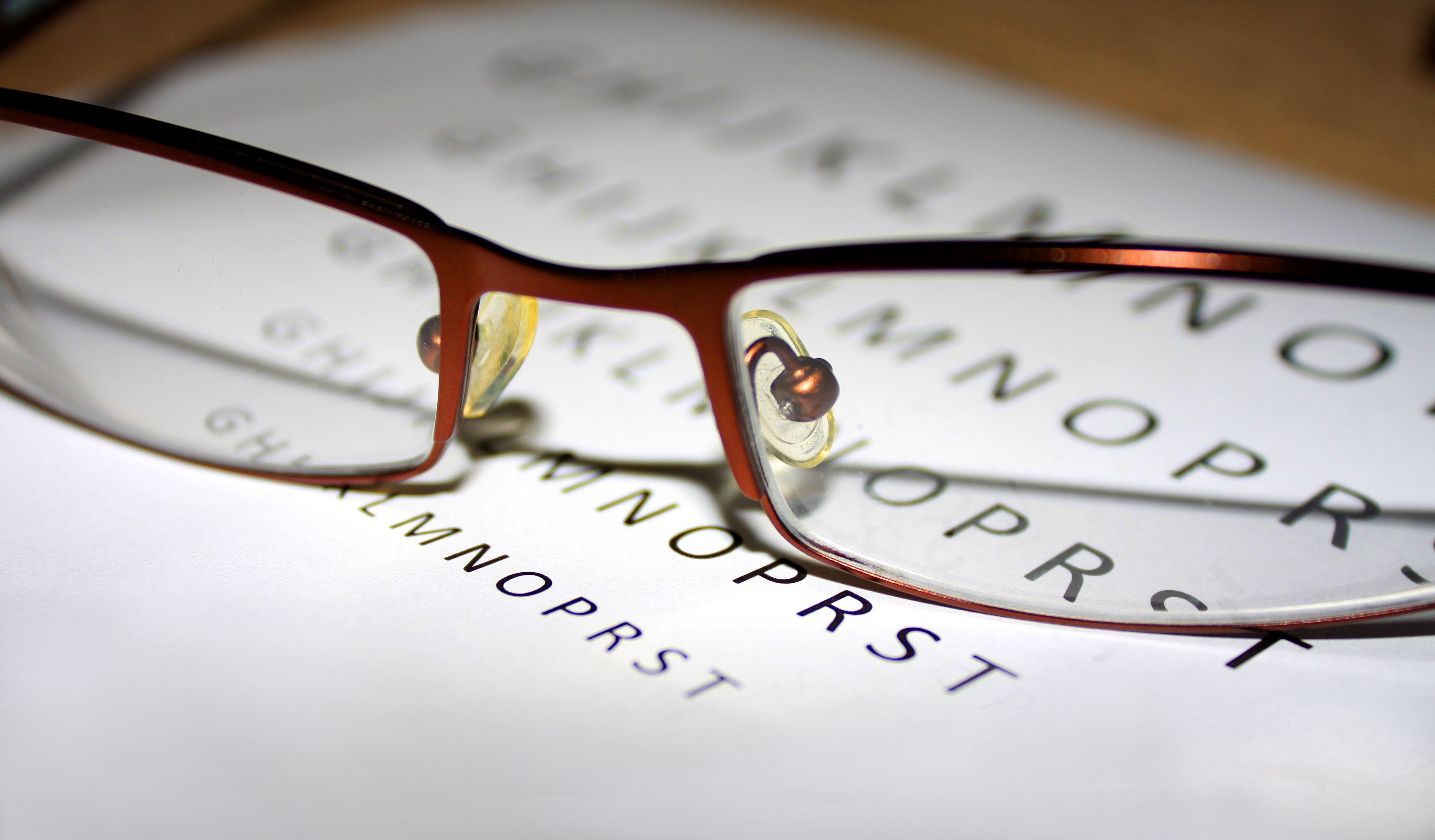Article
COVID-19 May Be Transmitted Through the Eye, Report Finds
Author(s):
Researchers analyzed data from 38 patients with COVID-19 from Hubei Province, China, and found 12 individuals had ocular manifestations, including epiphora, conjunctival congestion, or chemosis.
A new report published by JAMA Ophthalmology found preliminary data may suggest severe acute respiratory syndrome coronavirus 2 (SARS-CoV-2), the virus that causes coronavirus disease 2019 (COVID-19), might be transmitted through the eye.
Researchers analyzed data from 38 patients infected with COVID-19 from Hubei Province, China, and found 12 (31.6%; 95% CI, 17.5%-48.7%) individuals had ocular manifestations, including epiphora, conjunctival congestion, or chemosis.
These symptoms commonly occur in patients with severe systemic manifestations of COVID-19 and are consistent with conjunctivitis, or pink eye. None of the 12 patients experienced blurred vision. However, “by univariate analysis, patients with ocular symptoms were more likely to have higher white blood cell and neutrophil counts and higher levels of procalcitonin, C-reactive protein, and lactate dehydrogenase than patients without ocular symptoms,” the researchers found.
The study also found COVID-19 was present on conjunctiva swabs from 2 of 11 (18%) patients tested for SARS-CoV-2 via nasopharyngeal swabs.
Previously, the American Academy of Ophthalmology (AAO) observed that some reports suggest “the virus can cause conjunctivitis and possibly be transmitted by aerosol contact with conjunctiva.” The AAO also reported that there is a low risk of spreading COVID-19 through tears.
The researchers hope their preliminary results will help “inform ophthalmologists and others around the world regarding ocular symptoms with COVID-19.”
“The primary importance of this finding is epidemiologic: it confirms other reports that the virus can invade the conjunctiva, which might, in turn, serve as a source of its spread,” said Alfred Sommer, MD, dean emeritus and professor at Johns Hopkins Bloomberg School of Public Health in a commentary on the new study.
“Effective containment requires an understanding of a virus’s mode of transmission and rapid and vigorous use of appropriate interventions designed to stop it,” Sommer said. “Unfortunately, this is a lesson we keep forgetting.”
Historically, new infectious agents have been underestimated, and in the current climate, Sommer argues, rapid, vigorous public health interventions are warranted to reduce further infections. He points out that the earliest warnings of COVID-19 came from Li Wenliang, MD, a Chinese ophthalmologist caring for patients in Wuhan. Wenliang passed away at age 34 from the disease. According to the AAO, Wenliang “believed he was infected by an asymptomatic glaucoma patient.”
“[Wenliang] earned the ire of the Chinese government for alerting the public and calling for action,” Sommer said. “We do not know whether he became infected from contact with patients’ eyes.”
The AAO has since updated its interim guidance for triage of patients under the care of an ophthalmologist and its recommendations on appropriate personal protective equipment (PPE) for ophthalmic use.
“The Academy and federal officials recommend protection for the mouth, nose, and eyes when caring for patients potentially infected with SARS-CoV-2,” the AAO website reads. For guidance on extended mask wear and reuse, AAO urges ophthalmologists to follow CDC recommendations.
Reference
Wu P, Duan F, Luo C, et al. Characteristics of ocular findings of patients with coronavirus disease 2019 (COVID-19) in Hubei province, China [published online March 31, 2020]. JAMA Ophthalmol. doi: 10.1001/jamaophthalmol.2020.1291.





